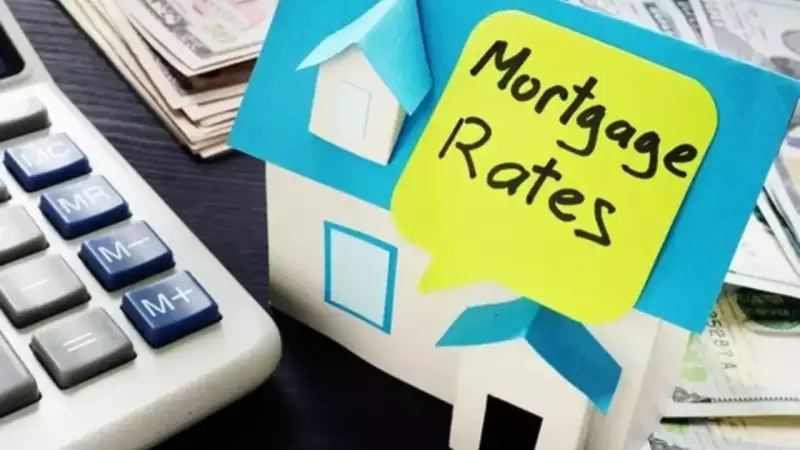
In a significant shift for American homebuyers, mortgage rates have abruptly ended their month-long descent, climbing upward this week amid changing bond market conditions.
The Numbers Tell the Story
The benchmark 30-year fixed-rate mortgage, which serves as the most popular home loan product in the United States, has edged up to 6.22%. This increase marks the end of a four-week declining trend that had offered temporary relief to the housing market.
What's Driving This Reversal?
The primary catalyst behind this rate movement lies in the bond markets. As bond yields begin to ease from their recent peaks, mortgage rates have responded with this upward adjustment. This relationship between bond performance and home loan costs remains a critical factor for anyone monitoring the housing sector.
Broader Market Implications
This development comes at a crucial time for the US real estate landscape:
- Affordability concerns resurface: The rate hike adds pressure to already stretched housing budgets
- Purchase activity may slow: Prospective buyers could hesitate as borrowing costs increase
- Refinancing opportunities diminish: Homeowners considering rate adjustments may find fewer attractive options
Looking Ahead
Market analysts are closely watching Federal Reserve policies and economic indicators that could influence future rate movements. While the four-week decline provided welcome breathing room, this reversal underscores the continued volatility in the housing finance sector.
The coming weeks will be crucial in determining whether this increase represents a temporary fluctuation or the beginning of a new upward trend in mortgage costs.





